The first generation of Intel CPUs with support for the future LGA 1851 socket is still a long way off, but the first info about cooler support is already making its way to the public. Documents have surfaced where materials around the Noctua NH-U12A cooler are linked to this platform, for which everything is ready. Noctua doesn’t deny this, and meanwhile ideas arise about how it could possibly be with the mounting systems of other coolers. Read more “Noctua has LGA 1851 support. Mounting stays physically the same”
Category: News
Realtek RTL8126 has stability issues, no 5.0Gb/s Ethernet this year
In June, Computex 2023 brought news of 5.0Gb/s Ethernet adapters coming soon to motherboards courtesy of Realtek-developed RTL8126 low-cost NIC chip. It would follow in the footsteps of the previous RTL8125, which enabled mass adoption of 2.5Gb/s Ethernet networking on motherboards. Unfortunately, it looks like the advent of 5,0Gb/s networking will be delayed as the RTL8126 suffers from flaws and the rollout was cancelled. Read more “Realtek RTL8126 has stability issues, no 5.0Gb/s Ethernet this year”
AMD launches FSR 3. Open source-frame generation for all GPUs
Last week at Gamescom, AMD added two new SKUs to its Radeon RX 7000 graphics card line-up, the RX 7700 XT and RX 7800 XT. But there were also other, more software-side news – the upcoming FSR 3 or FidelityFX Super Resolution 3 technology, featuring the so-called Fluid Motion Frames. It is an open-source alternative to Nvidia’s DLSS 3 technology that will work on a broad portfolio of GPUs, including older generations. Read more “AMD launches FSR 3. Open source-frame generation for all GPUs”
Nvidia unveils DLSS 3.5: Better ray tracing not only for RTX 4000
Nvidia has now announced a new iteration of its DLSS AI upscaling technology, following on from the third generation or DLSS 3 from last year. However, the new DLSS 3.5 is somewhat confusingly named, as it is to some extent more of a continuation of DLSS 2.x – this improvement will not depend on DLSS 3 (also referred to as Frame Generation). That means it works on older GeForce RTX 2000 and RTX 3000 generation graphics cards. Read more “Nvidia unveils DLSS 3.5: Better ray tracing not only for RTX 4000”
Do you want to help HWCooling? Discuss (constructively)
If you take the time after reading one of our articles and feel like leaving a comment in the discussion, we’d love to hear from you – you’ll be supporting us more than you might think. Of course, the bottom line is “having something to say” and the main goal is to increase the value of the articles through your comments. Feel free to oppose our claims or you can confirm them from your experience. Read more “Do you want to help HWCooling? Discuss (constructively)”
BeQuiet! pushes efficiency with new Shadow Base cases
BeQuiet! is introducing a fourth line of cases – Shadow Base to the current trio (Dark Base, Silent Base and Pure Base). The first models in the 800 series are smaller than the Dark Base Pro 901, but with more emphasis on cooling efficiency than the Silent Pure Base. BeQuiet! is building the main key points on this too, and there is something to it. If only for the fact that they used fans that have a higher efficiency compared to older models. Read more “BeQuiet! pushes efficiency with new Shadow Base cases”
Threadripper Pro 7995WX: 96 cores, 5.15 GHz, record performance
AMD’s Zen 4 processors achieved performance leadership in servers with the 96-core Epyc 9004 “Genoa” (and the 128-core cloud version “Bergamo”). Now this technology is branching into high-end desktop and workstations. The release of Ryzen Threadripper processors with Zen 4 architecture is probably closing in, as a production sample has leaked in the Geekbench benchmark – and it’s the highest SKU that will lead the whole line-up. Read more “Threadripper Pro 7995WX: 96 cores, 5.15 GHz, record performance”
Arctic’s “P” line of 80 mm fans now includes the Max model
A smaller fan format does not always have to mean low airflow. To achieve comparable results to larger cross-section models, there needs to be higher rpms and with them higher noise levels, but as long as you accept this, and you don’t really have much choice due to the size constraints, the new P8 Max fan seems like an attractive option. And most importantly, it’s one of the few of its kind. Read more “Arctic’s “P” line of 80 mm fans now includes the Max model”
Pentium is gone, but dual-cores live on: “Intel 300” is coming
Last year, Intel announced the end of the once famous Celeron and Pentium brands that have since been relegated to the bottoms of lowend, with cheapest CPU lines no longer bearing any special name. Such E-Core-only “Intel Processors” have appeared in laptops, but desktop has note yet caught up with the rebranding – until now. Desktop “Intel processor” SKUs will however be based on the big cores. You’ll still only get dual-core, though. Read more “Pentium is gone, but dual-cores live on: “Intel 300” is coming”
New Silicon Motion controller will make PCIe 5.0 SSDs low-power
PCIe Gen5 SSDs have so far been the domain of Phison, whose E26 controller has a pretty high power draw, and there are reports of throttling or even system crashes due to overheating of these SSDs. Silicon Motion controllers will quite possibly solve this, as their power draw is supposed to be significantly lower. It turns out then not just the lower-tier ones, but even the high-performance SM2508 design will be quite efficient. Read more “New Silicon Motion controller will make PCIe 5.0 SSDs low-power”
Intel’s 4nm process: Meteor Lake processors will reach 5.1+ GHz
Not long ago, we wrote here about the clock speeds expected from Intel’s first 4nm processors, the mobile Meteor Lake. There were widespread concerns that this new technology would again suffer from clock speed regression, as seen with Intel’s early 10nm process. Recently, however, things are starting to look positive, and so Meteor Lake could end up doing very well, with these processors running above the 5.0 GHz threshold. Read more “Intel’s 4nm process: Meteor Lake processors will reach 5.1+ GHz”
DeepCool shakes up top-flow coolers, AN600 with a height of 67 mm
A newcomer joins the ranks of CPU coolers with a fan above/below the fins – the DeepCool AN600. And according to the parameters, it immediately attacks the established coolers of its height category, which it naturally wants to beat. Regarding the TDP, 180 W is claimed, which seems plausible given the structure of the cooler. A larger fan is used, and even into the visually massive heatsink, heat is delivered via an adult portion of heatpipes. Read more “DeepCool shakes up top-flow coolers, AN600 with a height of 67 mm”
Radeon RX 7800 XT confirmed. PowerColor leaked all the info
Just after the rumors that a low-cost gaming Radeon RX 7500 could be coming out, it turns out that AMD is probably going to launch a more powerful model before that – the Radeon RX 7800 XT, which will rank below the also new OEM-only RX 7900 GRE. PowerColor basically went and revealed more or less everything about the 7800 XT graphics card that is going to use the Navi 32 GPU so now it’s just a question of when it will hit the market. Read more “Radeon RX 7800 XT confirmed. PowerColor leaked all the info”
More (V)RAM: Micron plans bigger GDDR7 and DDR5 chips
With the GeForce RTX 4060 Ti 16GB, there has been discussion that most GPUs won’t get double memory capacity until larger chips come to market. But that seems to be happening. Micron’s roadmap how shows higher capacity DRAM chips. These will be larger DDR5 chips, which will enable 256GB RAM sizes in a regular PC. But there are also plans for larger GDDR7 chips, which will allow memory capacity on graphics cards to be raised. Read more “More (V)RAM: Micron plans bigger GDDR7 and DDR5 chips”
AVX10 seeks to replace AVX-512, will work on big.LITTLE CPUs
Yesterday we reported that x86 processors – at least those from Intel – will get Advanced Performance Extensions (APX), a major change in the programming of these CPUs. But Intel is also planning big changes to SIMD instructions with AVX10 technology, which will unify vector extensions whose subsets are now a mess, and should also address the problem of big.LITTLE processors. But this may in turn kill the true 512-bit SIMD capability of AVX-512. Read more “AVX10 seeks to replace AVX-512, will work on big.LITTLE CPUs”





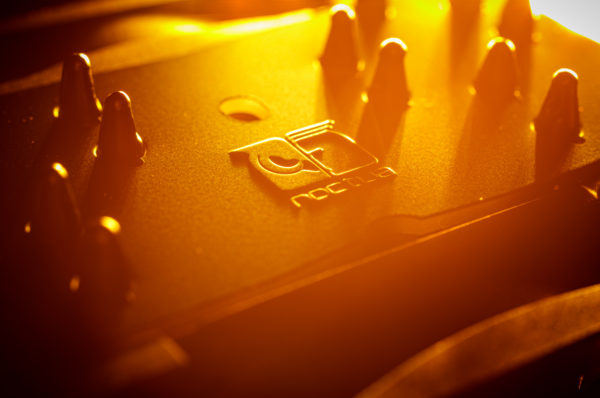
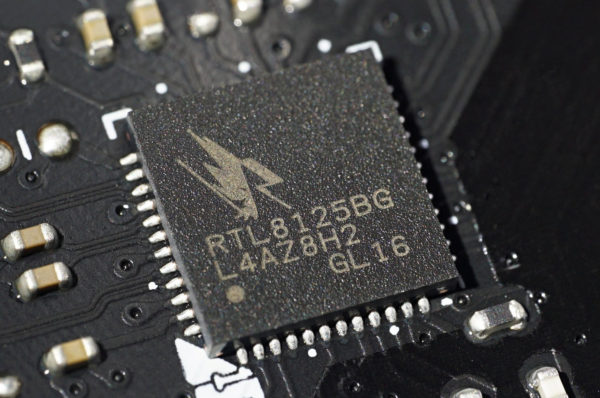
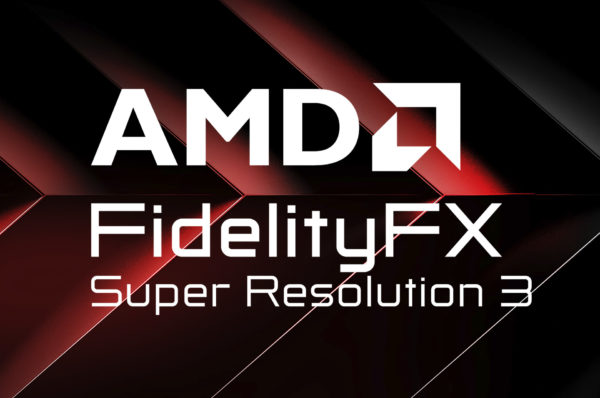
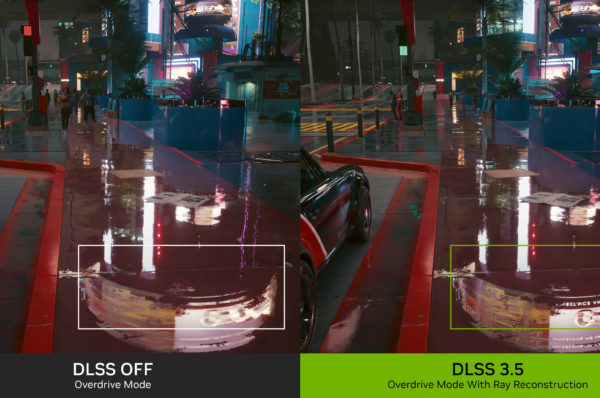


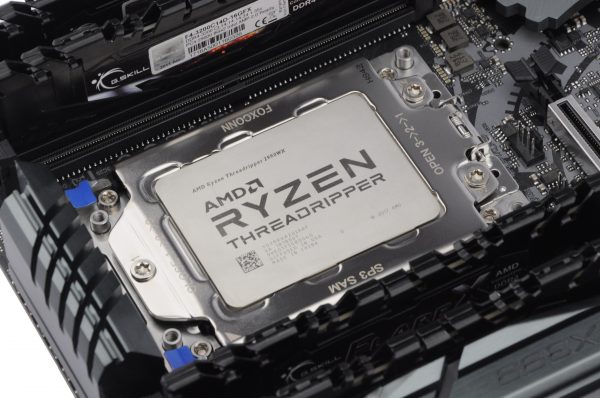
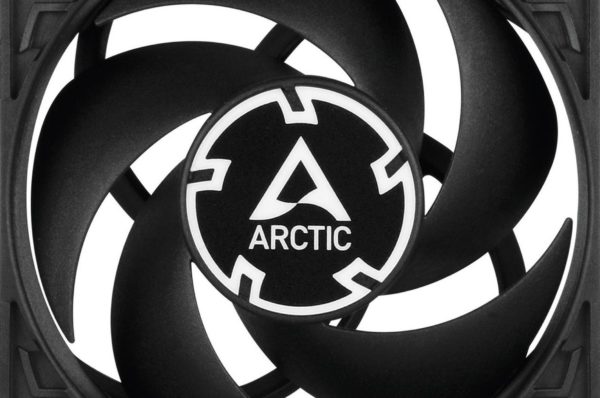
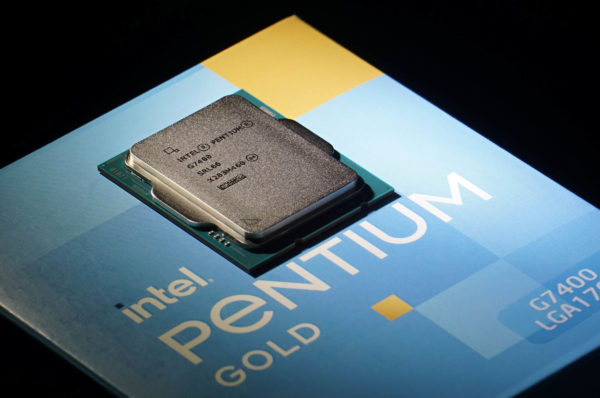
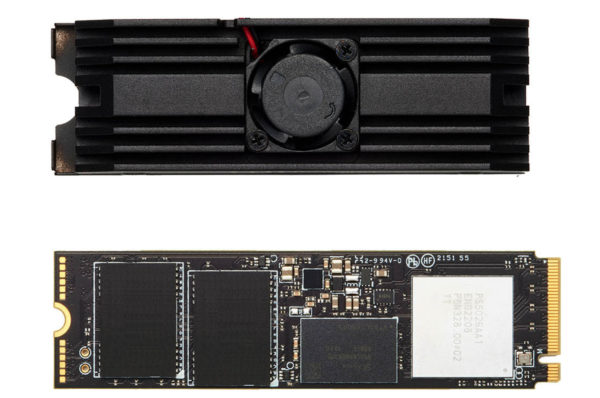
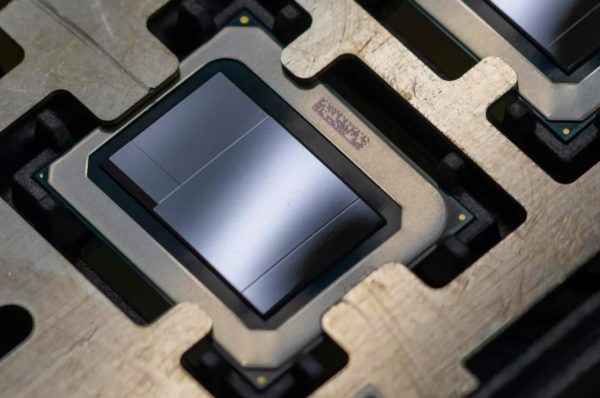

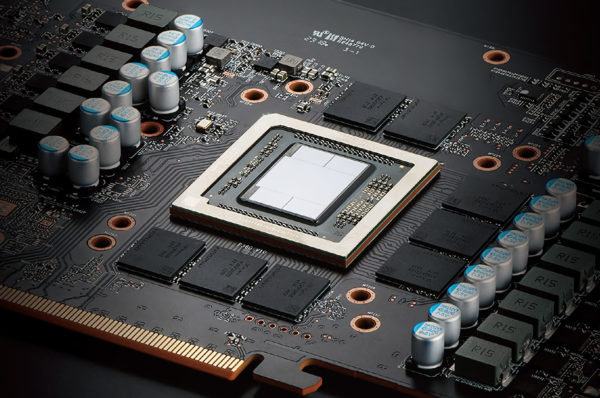
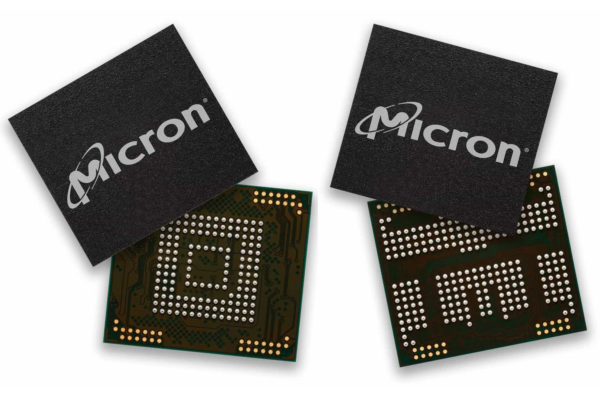
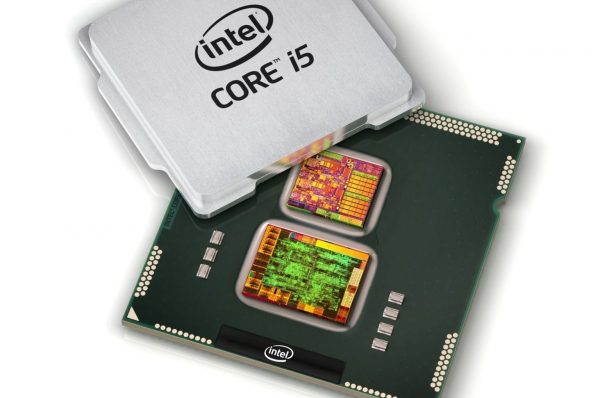



Latest comments